A common misconception is that graphic novels are “too easy” because they’re picture-formatted stories, but that’s far from the case! Instead of just reading words on a page, graphic novels allow the reader to visually recognize how panels work together as the images further the narrative. They are especially appealing to those who don’t like reading text-heavy books because many of them tell compelling stories with fewer words and more visuals. Add manga into the equation and even more doors of possibility open. In fact, there are many benefits of manga for young readers and adults.
What is Manga and Who is it For?
Basically, they are Japanese illustrated stories that cover a wide variety of topics. They rely heavily on visual language, dialogue, and sound effects much like movies, which is why many end up adapted into anime (Japanese animated shows and movies). That said, with a wide variety of topics comes a wide variety of intended audiences for manga. There are many great series out there specifically for kids to enjoy, such as Chi’s Sweet Home. However, it’s essential to recognize that not everything illustrated is meant for kids. Just as there are stylized comics here in the West meant for mature audiences, the same applies to manga. As the New York Public Library explains, just because a manga features cute or childish characters does not mean it’s appropriate for children.
Navigating Controversy Surrounding Manga
To address the elephant in the room: Yes, there is some controversy surrounding manga in the West. Unfortunately, manga tends to fall under scrutiny on both sides of the political aisle. Lack of understanding about what manga is and lack of basic research into a story’s context/intended audience contribute to such criticism. Granted, this is an admittedly biased take on a larger conversation, but that’s a different discussion for another time. The takeaway for parents especially is this: it’s important to consider each series independently and it is up to you to decide what is acceptable for your child to read. The Canton Public Library has an excellent guide to help make that decision easier.
The Unique Benefits of Manga Reading
Back to the good stuff, a Japan-wide survey found that an overwhelming majority of citizens believe reading manga is good for children in multiple ways, such as enriching sensitivity and expressiveness—and they’re not wrong! Manga engages your brain in ways regular books don’t. What surprises first-time manga readers is that you read the books “backwards.” In Japan they read from right-to-left rather than left-to-right like we do here, so manga offers a unique challenge right off the bat by presenting you with a new way to read! Furthermore, learning to read pictures, words, and sound effects (onomatopoeia) together helps you more accurately process the story and images through multimodal learning. This can be especially useful for those with Autism Spectrum Disorder due to its restrictive, repetitive patterns and emphasis on visual language. Manga can also introduce new cultures, topics, and ideas in a way that’s easier to digest than through text alone. What’s more, it can help young readers—especially teens—connect and relate to personal journeys they may be experiencing but have difficulty talking about. The biggest benefit of all, in my humble opinion, is that manga is exciting and fun for all ages!
How to Get Started
There are so many interesting series to choose from that it can be hard to determine where to start. The linked articles above offer some great recommendations, but you can always ask your local friendly librarian right here! Or maybe we can pick your brain and discover something new ourselves. Do you have a manga series you love but can’t find it here at the library? Send us a purchase request! Alternatively, you can always request an Interlibrary Loan! It’s never too late to start reading manga, no matter how old you are. There’s something for everyone to enjoy, so why not give it a try yourself? Your brain will thank you!
